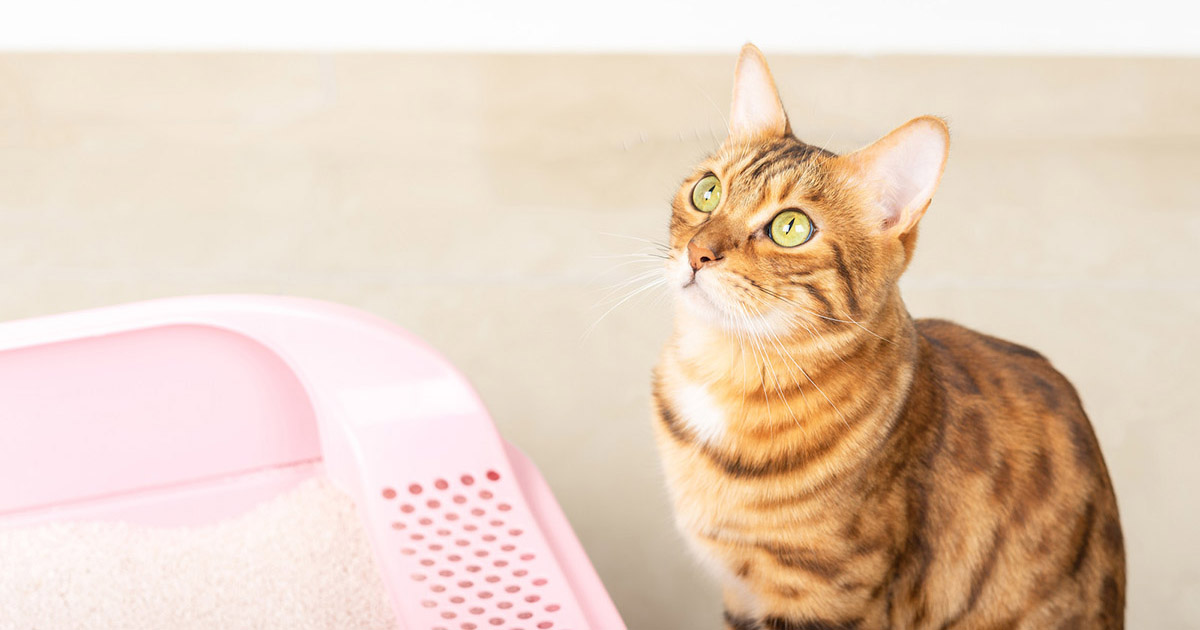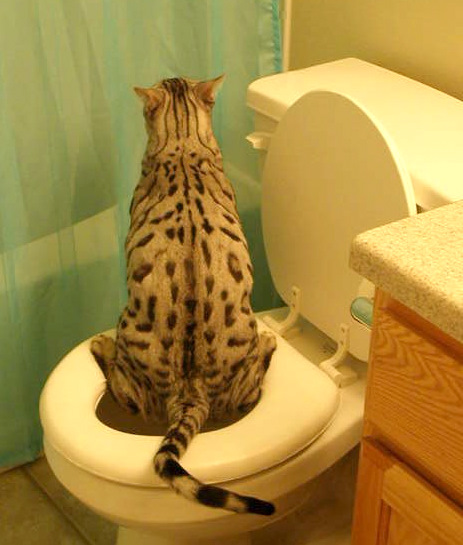How Flushing Animal Waste Could be Not Advisable
How Flushing Animal Waste Could be Not Advisable
Blog Article
The content listed below about 4 Reasons Why Dog Poop Cleanup is Important is especially stimulating. Check it out for yourself and see what you think of it.

When it involves getting rid of waste, particularly animal waste, many individuals usually consider the convenient alternative of flushing it down the toilet. However, this relatively very easy option can have serious repercussions for the atmosphere and public health. In this article, we'll discover why flushing pet waste down the toilet is a poor idea and provide alternative techniques for appropriate disposal.
Intro
Appropriate waste disposal is critical for preserving environmental sustainability and public health. While it might appear harmless to purge animal waste down the commode, it can bring about numerous issues, both for the environment and human wellness.
Threats of flushing pet waste
Environmental effect
Purging animal waste introduces hazardous germs and microorganisms into rivers, which can adversely influence marine communities. These pathogens can infect water resources and damage marine life, interrupting delicate environments.
Public health concerns
Animal waste has unsafe germs such as E. coli and Salmonella, which can position major health threats to people. Flushing pet waste down the bathroom can contaminate water materials, causing the spread of illness and infections.
Alternatives to flushing
As opposed to flushing pet waste down the bathroom, there are numerous alternative disposal methods that are extra environmentally friendly and sanitary.
Composting
Composting pet waste is a green method to dispose of it. By composting, raw material is broken down right into nutrient-rich dirt, which can be made use of to feed yards and plants.
Land fill disposal
Disposing of animal waste in a landfill is another choice. While not as eco-friendly as composting, it is a safer alternative to flushing, as it avoids the contamination of water sources.
Pet dog waste disposal systems
There are specific animal waste disposal systems available that safely and hygienically deal with animal waste. These systems typically use enzymes to break down waste and remove odors.
Actions to appropriate animal waste disposal
To guarantee correct disposal of animal waste, adhere to these steps:
Scooping and getting waste
Consistently scoop and bag animal waste using biodegradable bags. This avoids waste from contaminating the environment.
Making use of designated waste bins
Dispose of bagged pet waste in marked waste containers, such as garden compost containers or garbage dump containers. Prevent flushing it down the toilet in any way costs.
Cleaning up can and animal check here locations routinely
Routinely clean can and family pet locations to stop the accumulation of waste and germs. Usage pet-safe cleansing items to maintain health.
Advantages of proper disposal methods
Taking on proper disposal methods for animal waste uses several benefits:
Minimized environmental pollution
Correct disposal techniques decrease the danger of environmental pollution, protecting waterways and ecosystems from contamination
Minimized threat of water contamination.
By staying clear of flushing animal waste down the bathroom, the threat of water contamination is dramatically decreased, safeguarding public health.
Boosted hygiene and health
Correct disposal techniques promote better sanitation and health, creating a much safer setting for both people and pets.
Final thought
Finally, purging animal waste down the commode is damaging to the environment and public health. By embracing different disposal approaches and adhering to proper waste administration practices, we can decrease the adverse effect of animal waste and add to a cleaner, healthier planet.
What To Do With Dog Poo – The Do's And Don'ts Of Disposing Of Faeces
Dog poo bins
Some councils provide dedicated dog waste bins in popular dog-walking areas that can take dog poo that has been bagged but you can legally dispose of dog waste in any public litter bin, as long as it is securely bagged. This also applies to your wheelie bin at home.
Do not flush
Water companies do not recommend flushing dog faeces down the toilet because certain parasites can survive the water processing treatment and are potentially harmful to humans. You should also never consider flushing dog poo that has been bagged down the toilet as the bags will not break down and instead create severe blockages in the sewage system.
In the woods
The Forestry Commission promotes a ‘stick and flick’ method for dealing with waste in the woods. This means finding a stick and using it to flick any poo from off the path so that it is out of the way of other walkers. You could also bury it as long as it is not in an area where there might be livestock.
Livestock
Parasites found in dog poo can be transmitted to livestock if they inadvertently eat infected faeces that has been left on grazing land. This could result in the death of sheep or abortion in cattle so you should always make sure you pick up your dog’s waste in fields where livestock could be present.

Routinely clean can and family pet locations to stop the accumulation of waste and germs. Usage pet-safe cleansing items to maintain health.
Advantages of proper disposal methods
Taking on proper disposal methods for animal waste uses several benefits:
Minimized environmental pollution
Correct disposal techniques decrease the danger of environmental pollution, protecting waterways and ecosystems from contamination
Minimized threat of water contamination.
By staying clear of flushing animal waste down the bathroom, the threat of water contamination is dramatically decreased, safeguarding public health.
Boosted hygiene and health
Correct disposal techniques promote better sanitation and health, creating a much safer setting for both people and pets.
Final thought
Finally, purging animal waste down the commode is damaging to the environment and public health. By embracing different disposal approaches and adhering to proper waste administration practices, we can decrease the adverse effect of animal waste and add to a cleaner, healthier planet.
What To Do With Dog Poo – The Do's And Don'ts Of Disposing Of Faeces
Dog poo bins
Some councils provide dedicated dog waste bins in popular dog-walking areas that can take dog poo that has been bagged but you can legally dispose of dog waste in any public litter bin, as long as it is securely bagged. This also applies to your wheelie bin at home.
Do not flush
Water companies do not recommend flushing dog faeces down the toilet because certain parasites can survive the water processing treatment and are potentially harmful to humans. You should also never consider flushing dog poo that has been bagged down the toilet as the bags will not break down and instead create severe blockages in the sewage system.
In the woods
The Forestry Commission promotes a ‘stick and flick’ method for dealing with waste in the woods. This means finding a stick and using it to flick any poo from off the path so that it is out of the way of other walkers. You could also bury it as long as it is not in an area where there might be livestock.
Livestock
Parasites found in dog poo can be transmitted to livestock if they inadvertently eat infected faeces that has been left on grazing land. This could result in the death of sheep or abortion in cattle so you should always make sure you pick up your dog’s waste in fields where livestock could be present.

As a fervent reader on Should you flush animal waste down the toilet, I thought sharing that excerpt was really useful. Sharing is nice. Helping others is fun. Thank you for your time. Kindly check our blog back soon.
Click Here Report this page